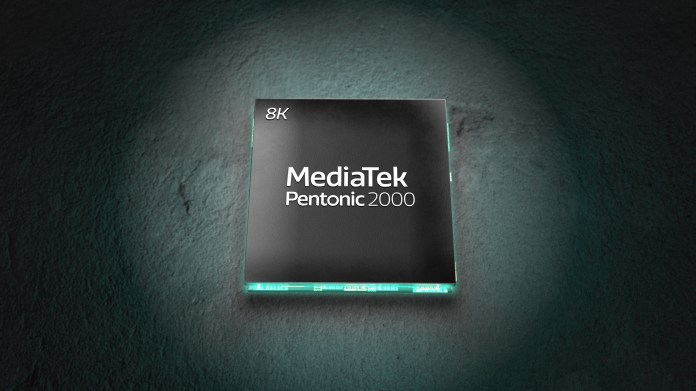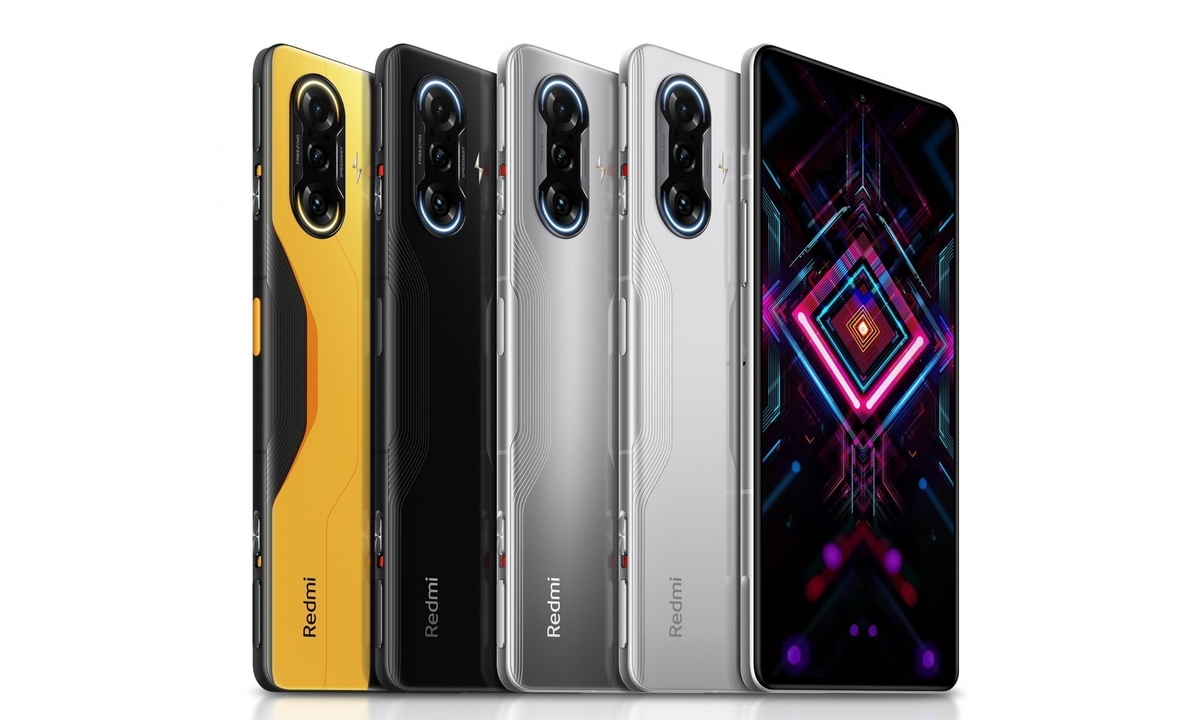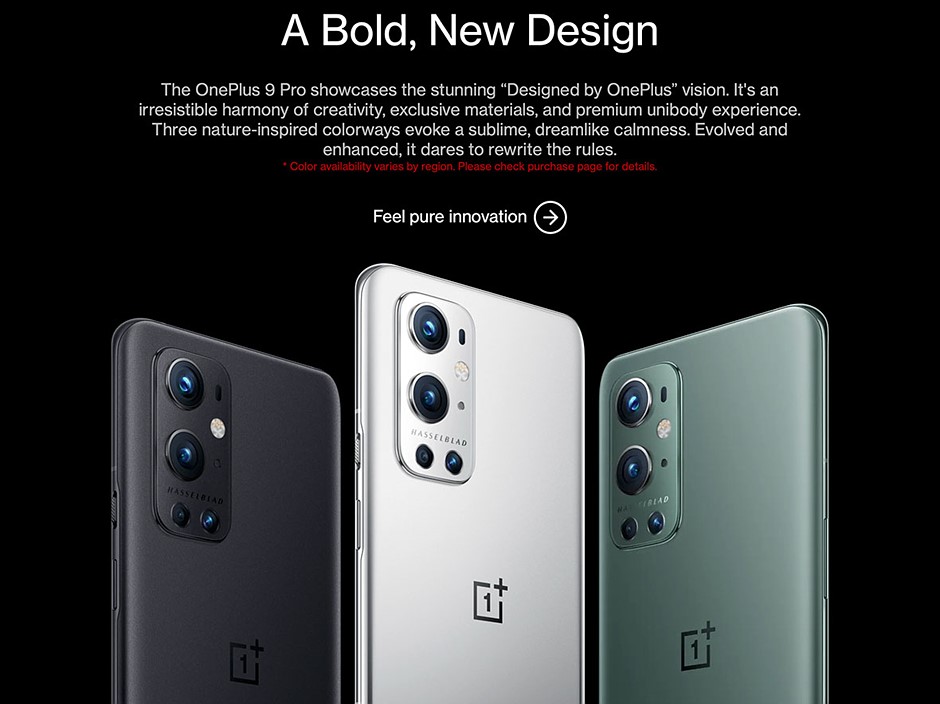
MediaTek, TSMC unveil Pentonic 2000 – First-ever 7nm 8K TV chip
Taiwanese companies MediaTek and TSMC have launched what they call the 7-nanometer 8K Flagship System-on-Chip (SOC) in the world of TV is expected to hit the global market in the second quarter of 2022.
Pentonic 2000 chips are reported to offer artificial intelligence machines, estimated motion and motion compensation, versatile video coding and image-in-picture technology.
“Compared to the 16NM TSMC process technology used in consumer electronic applications, the N7 process provides a speed increase of 30% or a power reduction of 55% and more than three times logic density,” said the company in a press release.
Bright and sharp audio display
Displays the fastest CPU and GPU in the TV industry, Pentonic 2000 has ultra-wide memory bus, using Universal Flash Storage 3.1 and supports wireless connectivity for 6E or 5G Wi-Fi modems.
High Performance Chip MediaTek APU (AI Processor) New MediaTek Powers 8K AI-Super Resolution Resolution that adds lower resolution content to the original screen resolution, while also making real-time image quality improvements.
“Pentonic 2000 puts MediaTek at the forefront of smart TV design with its ability to offer rich consumers, sharp images, bright appearance, and sharp audio, and intelligent and intuitive user experience,” Dr. Mike Chang, Vice President and General Group Manager Smart household business in MediaTek was quoted.
“By adopting the N7 TSMC process, MediaTek brings technology that is able to carry out supercomputational applications to the living room to provide consumers of the next generation of media experiences,” said Dr. Kevin Zhang, senior vice president of business development at TSMC said.
Made specifically for the streaming era
PENTONIC 2000 is the first commercial 8K TV chip with the support of versatile video coding media (VVC), which offers increased compression efficiency – something very important for the streaming era.
Pentonic 2000 was also said to support Dolby’s latest audio imaging and technology such as Dolby Vision and Dolby Atmos. In addition, chips support AV1 for streaming services and all global TV broadcasts including the latest ATSC 3.0.
MediaTek chips are used in almost 2 billion TVs per year including by OPPO Mobile Telecommunications, LG Electronics, Samsung Electronics and Vizio Inc. in North America.
The TV-related chip contributed around 14% to MediaTek’s income of $ 4.72 billion in the last quarter, while the cellphone chip contributed 56%.


